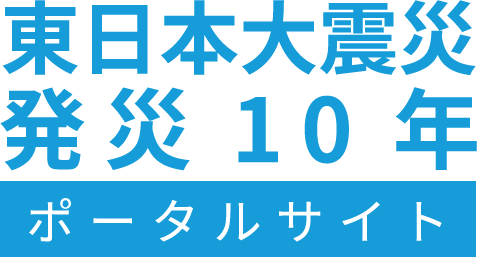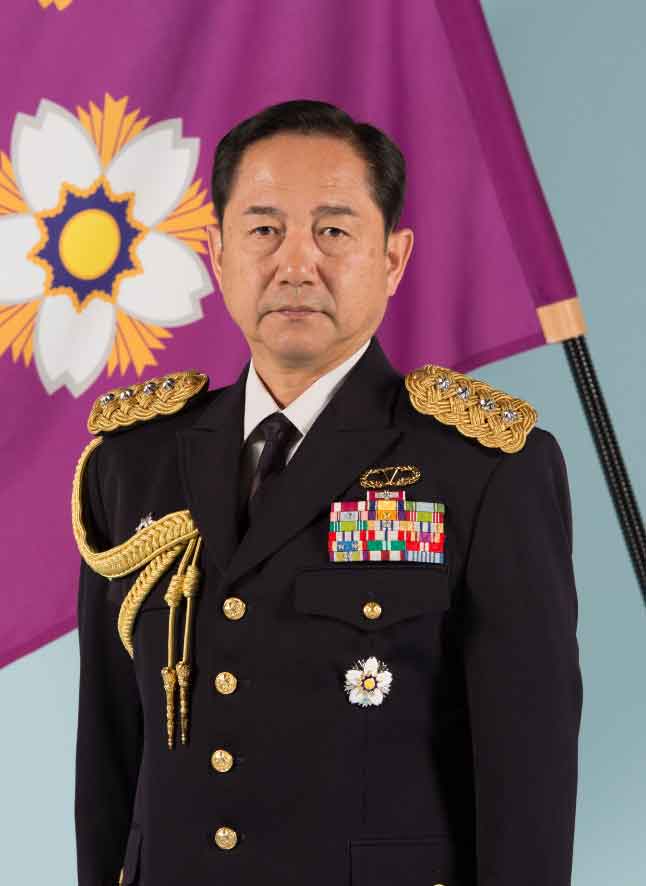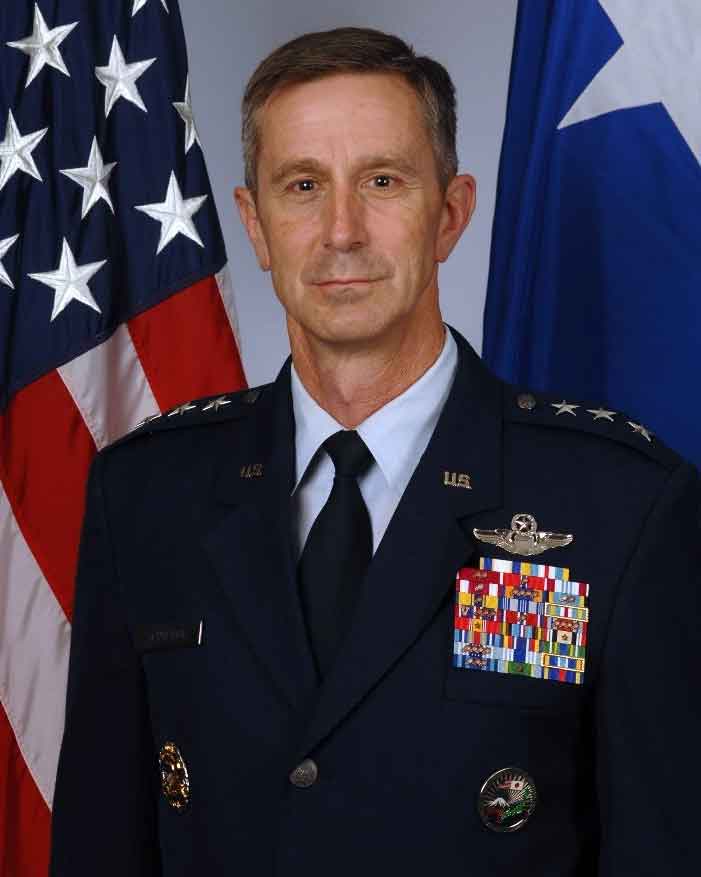10 years have passed since the Great East Japan Earthquake. I would like to express my deepest condolences to those who lost their precious lives due to the earthquake, as well as my heartfelt sympathies to the victims, including those still living in temporary housing.
I would also like to express my deep respect to the efforts of many people who have worked hard for the past 10 years to restore the original livelihood in the vibrant cities of Tohoku as quickly as possible.
The deep scars left by the earthquake show how terrible the damage was at that time. In response to the unprecedented disaster caused by the earthquake and tsunami that struck the Tohoku region on that day of March 11, 2011, the JSDF organized a joint task force, the first of its kind in disaster relief effort, and deployed approximately 107000 personnel, 543 aircraft, and 4 warships at the maximum, including the first disaster relief response mobilization of JSDF Ready-Reserve and Reserve Personnel.
The fact that not only Japan, but also the United States and Australia, as well as other countries, have extended many warm assistance to Japan in the midst of this difficult situation has been a great source of hope not only for the victims but also for the SDF. In particular, the U.S. Forces deployed a maximum of more than 20,000 personnel, approximately 20 aircraft carriers and other naval vessels, and approximately 160 aircraft, as the "Operation TOMODACHI," engaged in large-scale support activities, including search and rescue operations, cargo transport, airport restoration, school cleaning, and debris removal operations. The Self-Defense Forces and the U.S. Forces were able to conduct large-scale joint operations in the "Operation TOMODACHI " by making use of the results that they had accumulated through the Japan-U.S. bilateral joint training and exercises. This was a testament to the strong ties that the Japan-U.S. Alliance has fostered over the past half century, and also served as a foundation for further deepening of the Japan-U.S. Alliance.
In addition, the Australian Defence Force contributed to the reconstruction with a great deal of support, including the unstinting use of its own military resources and the use of the C -17 to transport supply.
Once again, I would like to express my gratitude to the troops of the United States, Australia and other countries for helping us in the face of such hardship.
Based on the many lessons and challenges learned from the earthquake, the JSDF has been working to strengthen cooperation with relevant organizations and the U.S. forces in Japan in joint disaster prevention exercises, while reviewing various disaster response plans and conducting ongoing verification through joint disaster prevention exercises. The Japan-U.S. Joint Disaster Management Drill, which was launched in 2013, is one such initiative. This year again, from February 12 to 13th, we took all possible measures to prevent the infection of the COVID-19, and conducted drills with the participation of relevant organizations such as the U.S. Forces Japan and the DMAT (Disaster Medical Team), and strengthened cooperation with the U.S. Forces Japan and disaster-prevention organizations in the scenario of a Nankai Trough earthquake.
In addition to actively participating in disaster prevention drills conducted by local governments,
we have established a system to enable appropriate cooperation and collaboration with relevant
organizations, local governments, and the private sector. In the event of a large-scale disaster, we are
fully prepared to respond to disasters by appropriately responding to the needs of the affected people and
maintaining a system that enables us to promptly dispatch the necessary units to carry out rescue
activities.
Close Bond Leading to the Future
The JSDF will continue to act promptly in the event of a disaster and carry out activities in line with
the wishes of the victims. Also, with our friend the United States, we would like to lead the robust ties
between Japan and the United States toward the future that have been proven through the "Operation
TOMODACHI" and that have continued to deepen ever since.
Finally, 10 years after the earthquake, I would like to reiterate the memories and lessons of the disaster and the mission of the JSDF to protect the safety and security of the people, while praying for further progress in the reconstruction of the disaster affected areas.


 文字サイズ
文字サイズ
